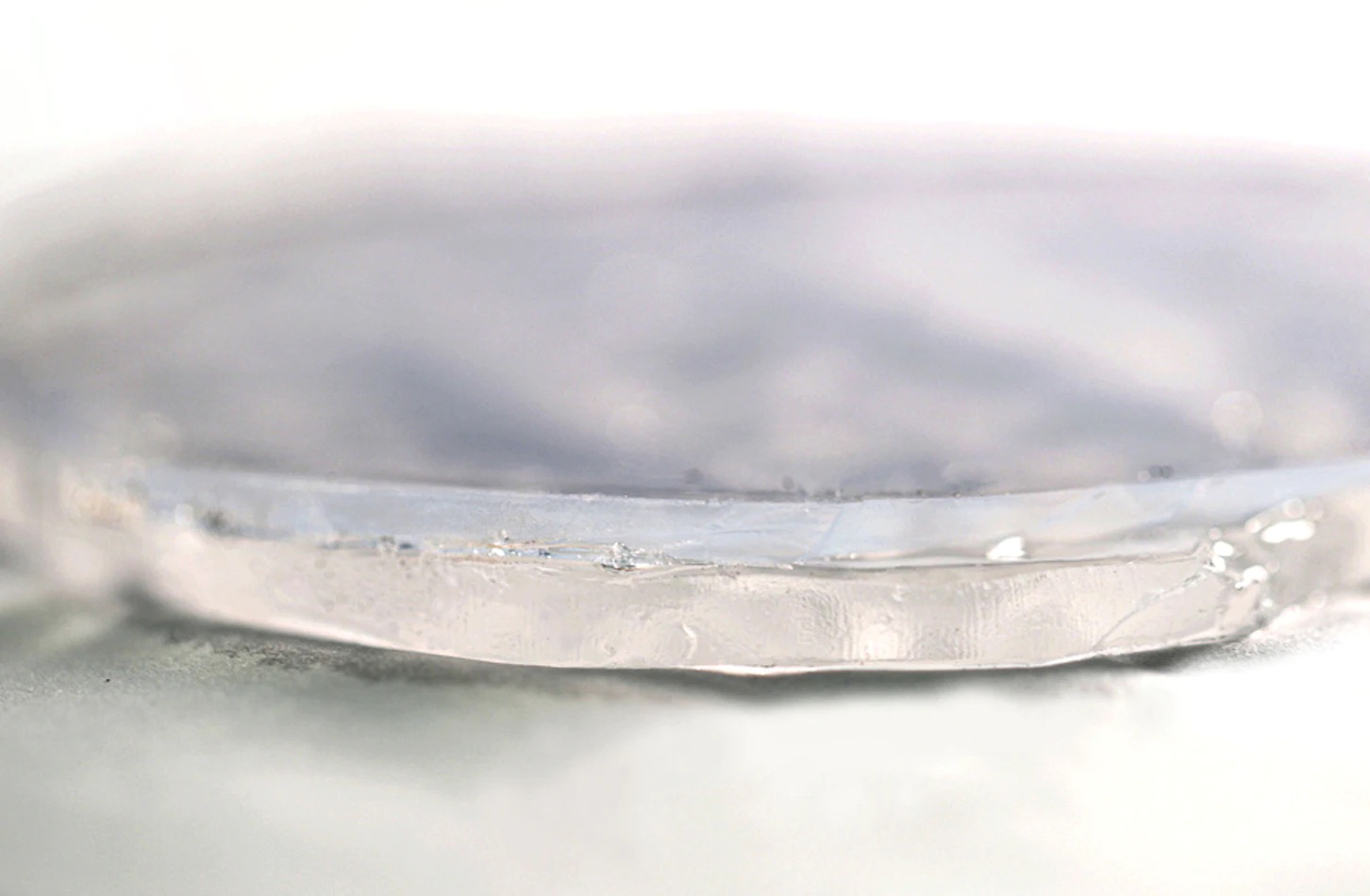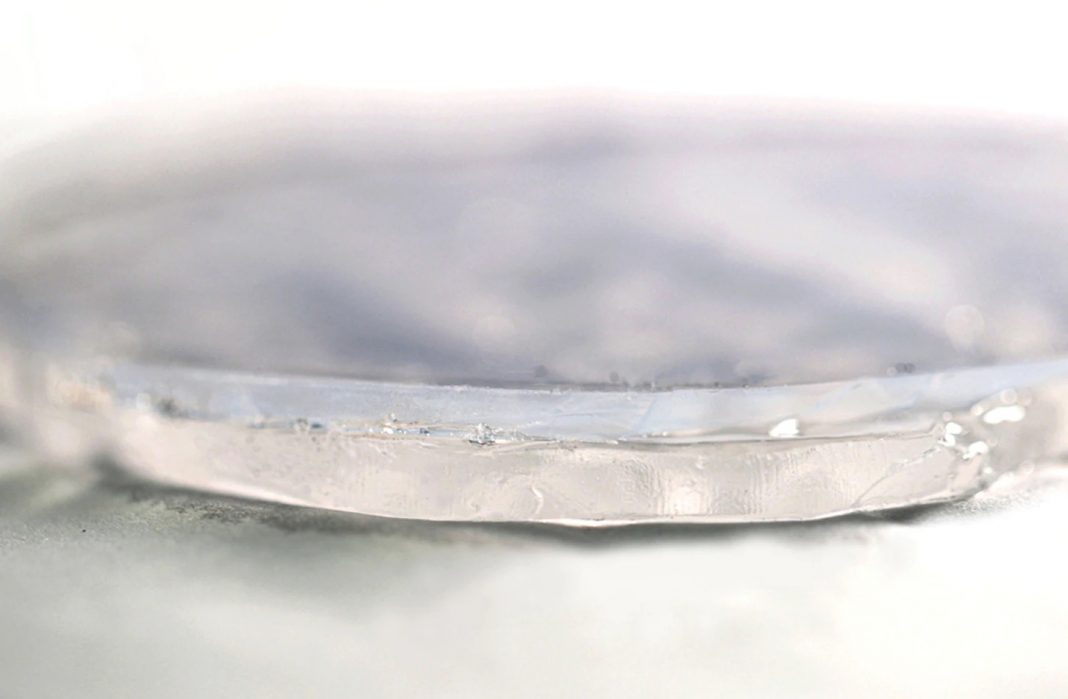Your next fridge will probably look like a camel instead of a huge block of plastic. Researchers at MIT have recently developed a new two-layer material that can keep objects cold for long periods of time without requiring electricity or ice packs. This material is inspired by camel hair, which is able to maintain moisture and stay cool even under the arid conditions caused by the desert heat.
And that idea came to fruition – tests show that this innovative material can keep objects cool at 7 degrees Celsius for up to five times longer than materials. the same, similar. In some situations, this material can keep objects cool for up to 8 days.
The results of the preliminary research on this material have been published in the Joule journal by Dr. Zhengmao Lu, graduates of Elise Strobach and Ningxin Chen, research scientist Nicola Ferralis, and professor Jeffrey Grossman, dean of the department. Engineering and Materials Science. If further developed, this material will be able to radically change the way we think about cooling systems.
The new (unnamed) material is actually a combination of two materials that have been used for cooling in the past. The bottom layer of the new material is hydrogels, a material that has been around for more than five years, and is used in everything from adhesives to drug delivery systems, to breast bags.

Researchers have taken hydrogel’s cooling ability to a new level by coating it with aerogels, discovered almost a century ago and used in the manufacture of jackets and accessories. Heaven is different. Aerogels are also used in cooling systems, as well as in paints and cleaning chemical pellets.
Adding an aerogel layer to the hydrogel is what allows magic to happen. Both layers combine less than half an inch thick.
The applicability of this material is endless. Researchers refer to applications such as food packaging to maintain freshness during long-distance exports, thereby allowing farmers to sell perishable vegetables at lower prices in places. further.
The new material could also be useful for vaccine transportation. Synthesizing vaccine COVID-19 was difficult; Ensuring shipping across the US and around the world was a completely different matter. The new material has the ability to keep packaged products near constant temperatures – allowing medicines and vaccines to travel long distances without spoiling. And the new material is even of particular importance in places with limited or no cold storage facilities.
Both aerogels and hydrogels are currently inexpensive, so it wouldn’t be too difficult if manufacturing companies wanted to take advantage of this research to come up with better packaging solutions.















